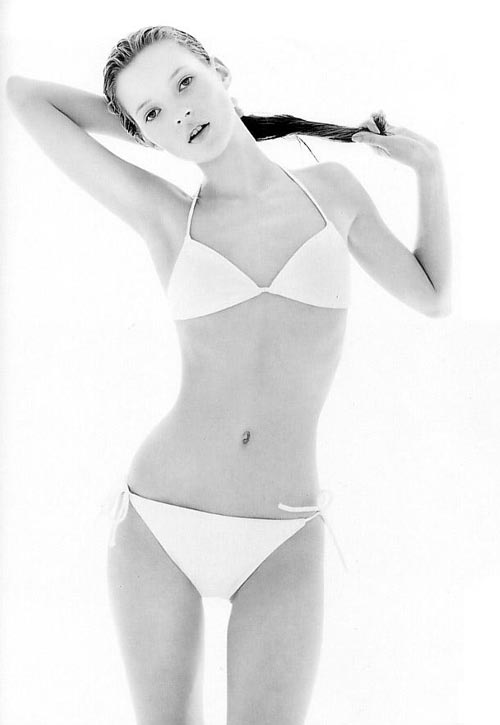If you assume a woman can’t make a graphic, violent or even crude flick, then you may be surprised at the following 10 movies—all directed by talented females and filled with the type of material most people would normally associate with a male director. From Howard Stern’s biographical film Private Parts to the skateboard biopic Lords of Dogtown, take a look at these box office hits directed by the fabulous women of the cinema world.
Bigelow is already known by many for her male-centric movies, such as Point Break and K-19: The Widowmaker. But this 2008 film, which portrays life through the lenses of military soldiers who have one of the most dangerous jobs of all time—disarming bombs during war—is the most surprising in her repertoire. The plot is pretty intense, and it’s safe to assume most people wouldn’t think a woman would be able to capture this amount of violence.

Catherine Hardwicke—Lords of Dogtown
Based on a true story, this movie follows the Z-Boys, skateboarding daredevils who ride the streets and backyard pools of Venice, California, during the 1970s. The subject matter alone is enough to assume a man was behind the camera lens, but add in the characters’ reckless, violent behavior and this 2005 film is something you definitely wouldn’t expect from a woman.

Mary Harron—American Psycho
Definitely one of the more violent movies in cinematic history, American Psycho is extremely graphic and gory, giving us reason to think a man created the film. However, Harron wrote the screenplay—based on Bret Easton Ellis’ book about a man whose obsessive materialistic views lead him to violence and murder—as well as directed the movie, which was released in 2000.

Mimi Leder—Deep Impact
Action and science fiction aren’t genres often associated with women, which is why it’s surprising that this 1998 movie about a comet set to collide with Earth was directed by Mimi Leder, a two-time Emmy winner. The main themes of the film—politics, astronomy and the possible extinction of the human race—aren’t normally thought of as female-friendly.

Betty Thomas—Private Parts
It’s baffling as to why any woman would agree to direct a film about Howard Stern—a media personality who has received much criticism for his very outspoken and sometimes inappropriate views of women. This 1997 movie recounts the story of Stern’s life from college to his dream of becoming a disc jockey—and Thomas doesn’t leave out any of the scandalous bits.

Penelope Spheeris—Wayne’s World
It’s no wonder this movie made the list—with its numerous sexual innuendos, rock-and-roll references and crude humor, it’s hard to believe that Penelope Spheeris was able to direct it. Perhaps she just loves the music; before this 1992 release (on Valentine’s Day, no less) she directed documentaries on punk rock and heavy metal.

Mary Lambert—Pet Sematary
A grief-stricken family has no idea what they’re getting into when they move into their new countryside house—despite the burial grounds looming in the distance. Lambert’s 1989 rendition of this thriller, based on horror connoisseur Stephen King’s book, centers around one of the scariest subjects: bringing things back from the dead. Lambert’s impressive performance as a director shows in this flick.

Penny Marshall—Big
Starring Tom Hanks, Big is a comedic take on every boy’s dream—to be bigger and older. Penny Marshall did an outstanding job of showing the audience what really goes on inside a 12-year-old’s head. She proved in 1988 you don’t have to have a Y chromosome to tell a story from a teenage boy’s point of view. .

Amy Heckerling—Fast Times at Ridgemont High
Along with directing Johnny Dangerously and National Lampoon’s European Vacation, Heckerling made this hilarious comedy depicting the lives of six high school teenagers whose priorities are sex, drugs and surfing. The crude humor and sexual references in the 1982 film would never lead us to believe a woman directed it.

Barbara Kopple—Harlan County U.S.A.
Kopple’s direction earned her an Academy Award in 1977 for this documentary centered on a Kentucky coal miners’ strike. Most people might associate a miner’s job with men’s work, but Kopple’s depiction was outstanding mostly due to her long reign as a supporter of worker’s rights.










